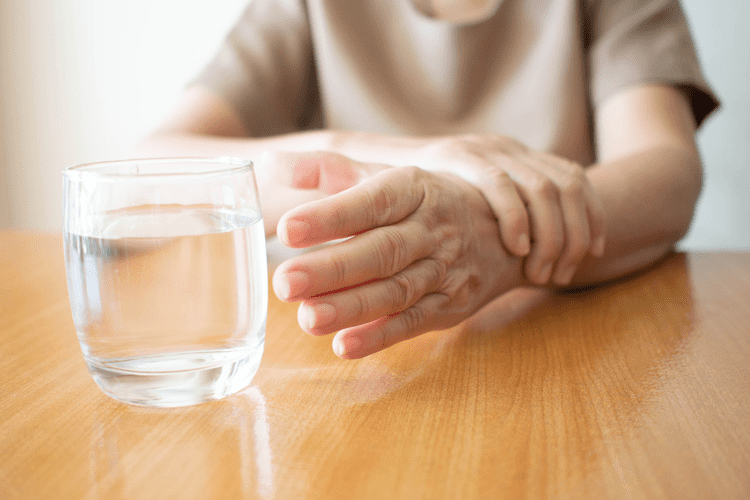When clients catch the ball, they have to talk about the statement or answer the question closest to their right thumb. Ask your clients to share what their tombstone would say if they were to die today. Pass out pre-printed outlines of a tombstone and ask your clients to think about this exercise seriously.

Best Group Therapy Activities for Supporting Adults
- Many of these group therapy activities are highlighted in this article.
- This is an effective group activity for both anxiety and depression once a (closed) group has been a cohesive unit for several weekly sessions.
- Our substance abuse treatment programs offer mental health counseling, medication-assisted treatment, and other evidence-based services to help you or your loved one stay sober.
- This worksheet on radical acceptance can be completed individually inside or outside of a group session.
- This way, a group can connect with nature and discover a deeper purpose by engaging in meaningful gardening activities.
- Substance abuse treatment is a complex and multifaceted journey, and one of the most effective tools in this process is group therapy.
They can also help participants develop their communication skills and experience strength through vulnerability. Engaging in volunteer or community group activities for adults with substance abuse service projects as a group can play a pivotal role in preventing relapse. Participants can boost their self-esteem and create positive connections.
Resources From PositivePsychology.com
- Substance abuse treatment is challenging, but recovery is possible with the right support and guidance.
- This article will cover what group therapy is and some of the more common types of group therapy and activities used for addiction treatment.
- As you become more experienced, you may enjoy seeing yourself and your team dance a favorite routine even more.
It can help children to understand the value of modifying their thinking to make it more positive, in addition to helping parents and other family members understand what the child is going through. This activity is a great icebreaker but is also fun to do with group members that are already familiar with one another. It allows participants to share something about themselves, use their creativity and imagination to come up with a convincing lie, and learn interesting things about the other group members.
5 Things to Know About Drug Addiction Mental Health Healthy News Blog – Lee Health
5 Things to Know About Drug Addiction Mental Health Healthy News Blog.
Posted: Sat, 12 Oct 2019 07:00:00 GMT [source]
Discover Therapy Worksheets to Help Your Clients
Warm-ups set a contemplative tone, helping participants transition into the group environment and encouraging them to be present and engaged throughout the session. The more we talk about mental health together, the more normalized these conversations become – ultimately empowering people to seek the help they need. And fortunately, more people are now talking about and prioritizing their mental health, just as they would their physical health.
- These groups further encourage exploration of emotional and interpersonal conflicts, confrontation about denial and harmful behaviors, and discussion about responsibilities and limitations.
- Write questions or statements related to the group topic on masking tape and place them randomly around the beach ball and pass it around to group members.
- We are dedicated to transforming the despair of addiction into a purposeful life of confidence, self-respect and happiness.
- A group setting is a perfect place for people suffering from depression or anxiety to connect with others, practice important social skills, and learn healthy coping strategies from one another.
It’s Okay to Not Be Okay: Tips and Resources for Mental Health Awareness Month
Reading this out loud to your group will help them create a mental image of the future event; one in which it is attainable. Ideally, it should provide some insight into how this https://ecosoberhouse.com/ can be achieved and motivate them to pursue them. Encourage your group to be as heartfelt and descriptive as they wish for a deep exploration of their feelings and thoughts.







